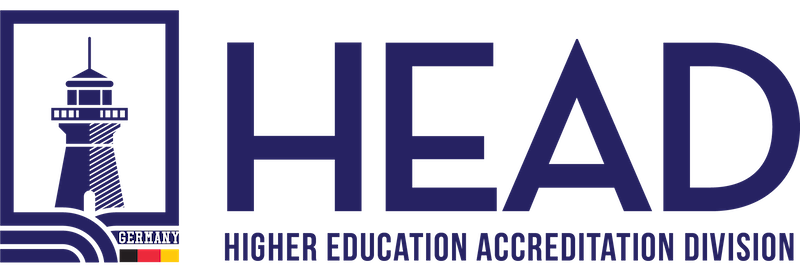Meeting Stakeholder Requirements in Higher Education: A Path to Success

In the realm of higher education, universities and educational providers play a pivotal role in shaping the future of students and society. To ensure their success and relevance, these institutions must prioritize meeting the requirements of their diverse stakeholders. By understanding and fulfilling the needs, expectations, and obligations of relevant interested parties, universities can enhance their educational offerings, build trust, and foster positive relationships. This article explores how universities and higher education providers can demonstrate their commitment to fulfilling stakeholder requirements and create a thriving educational environment.
Identifying Relevant Interested Parties:
The first step for universities is to identify the range of interested parties who have a stake in the institution’s operations. This includes students, faculty, staff, regulatory bodies, accrediting agencies, employers, alumni, and other key stakeholders. By recognizing the importance of these groups and their influence on the institution, universities can actively engage with them and ensure their needs are addressed.
Understanding Stakeholder Requirements:
Once the relevant interested parties are identified, universities must strive to gain a comprehensive understanding of their requirements. This can be accomplished through surveys, focus groups, interviews, and other forms of direct communication. By actively listening and engaging with stakeholders, universities can uncover their expectations, needs, and obligations, gaining valuable insights into areas that require attention and improvement.
Analyzing and Prioritizing Requirements:
After gathering stakeholder requirements, universities should analyze and prioritize them based on their relevance, impact, and feasibility. This analysis helps identify common themes, potential conflicts, and areas of convergence among different stakeholder groups. By prioritizing these requirements, universities can focus their resources and efforts on addressing the most significant and impactful needs, ensuring the greatest positive impact for stakeholders.
Incorporating Requirements into the Management System:
To demonstrate their commitment to meeting stakeholder requirements, universities must integrate them into their Educational Organisations Management System. This involves aligning policies, procedures, and processes with the identified requirements. By incorporating stakeholder needs and expectations into strategic plans, mission statements, quality assurance frameworks, and student support services, universities can create an environment that responds effectively to stakeholder demands.
Communication and Involvement:
Effective communication and ongoing involvement of stakeholders are essential for successful implementation. Universities should establish regular communication channels to provide updates on how stakeholder requirements are being addressed. This includes newsletters, town hall meetings, advisory committees, and other platforms that encourage open dialogue. By seeking feedback and involving stakeholders in decision-making processes, universities demonstrate their commitment to inclusivity and responsiveness.
Monitoring and Measuring Performance:
To ensure continual improvement, universities should establish performance indicators and monitoring mechanisms to assess their fulfillment of stakeholder requirements. Regular data collection, surveys, and evaluation of feedback provide valuable insights into the effectiveness of implemented measures. Internal audits and reviews enable universities to identify areas for improvement and ensure ongoing alignment with stakeholder expectations.
Seeking External Validation:
In their pursuit of meeting stakeholder requirements, universities may seek external validation through certification, accreditation, or recognition from relevant bodies or organizations. These external assessments provide objective evaluations of the institution’s adherence to stakeholder requirements and enhance credibility and reputation. By voluntarily subjecting themselves to external scrutiny, universities demonstrate their commitment to excellence and continuous improvement.
Conclusion:
Meeting stakeholder requirements is a critical aspect of successful higher education institutions. By identifying the relevant interested parties, understanding their requirements, incorporating them into the management system, and actively involving stakeholders, universities can create an educational environment that is responsive, inclusive, and impactful. By monitoring performance, seeking external validation, and fostering open communication, universities not only enhance stakeholder satisfaction but also drive continuous improvement, ensuring their long-term success in the ever-evolving landscape of higher education.
Source: HEAD – Higher Education Accreditation Division
Would you like to speak to one of our Higher Education Accreditation Expert? Just submit your details and we’ll be in touch shortly. You can also email us if you would prefer.

